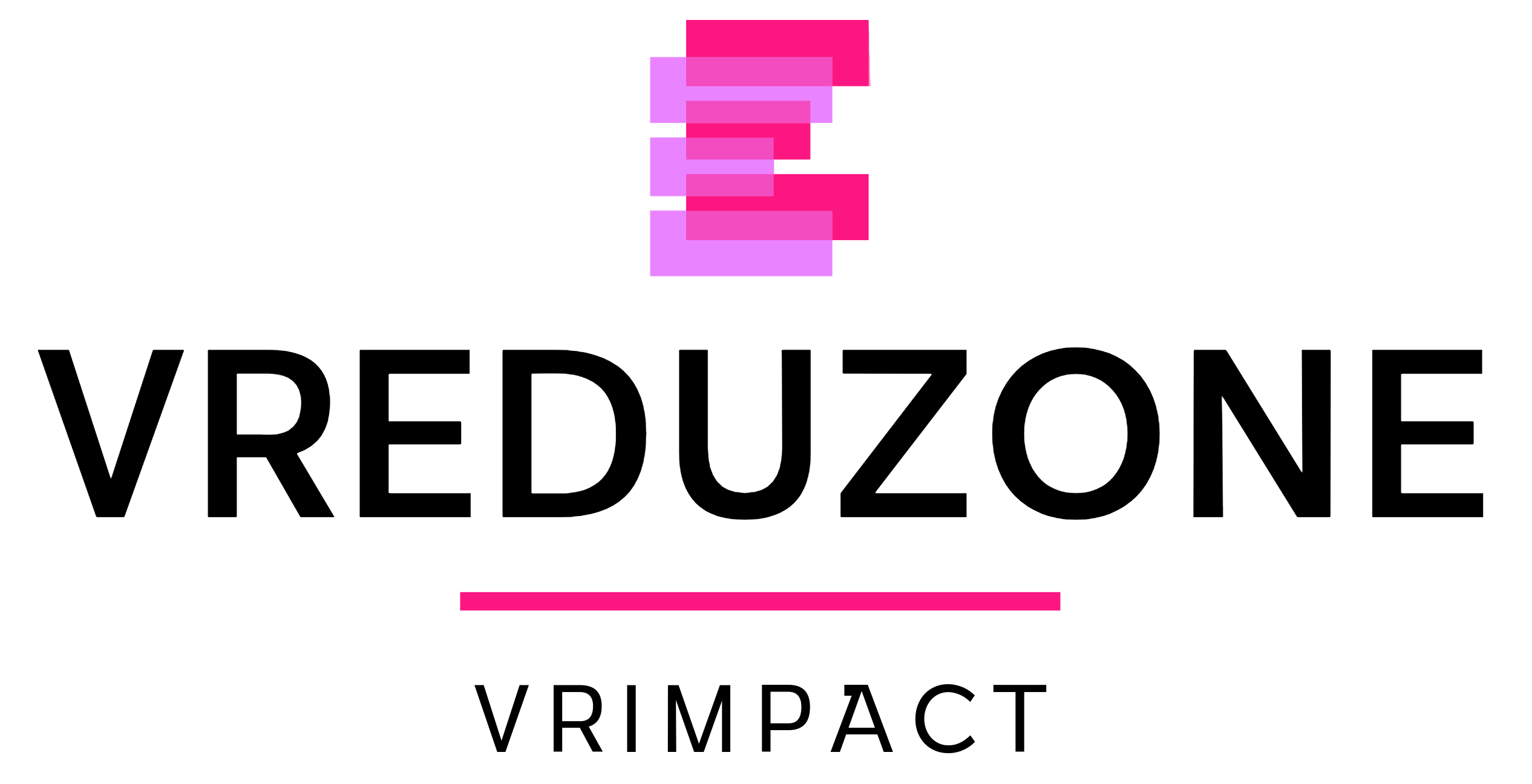작성자 정보
- dml0211 작성
- 작성일
컨텐츠 정보
- 6,604 조회
- 목록
본문

가상 현실(VR)은 교실을 포함하여 우리가 배우고 교육하는 방식에 혁명을 일으킬 수 있는 잠재력을 가지고 있습니다. VR을 통해 학생들은 접근하기 어렵거나 불가능한 새로운 환경과 경험으로 이동할 수 있습니다. 이것은 학습을 더 매력적이고, 상호작용적이고, 기억에 남도록 만들 수 있습니다.
하지만, 교실에서 VR을 사용하는 것에는 몇 가지 잠재적인 단점도 있습니다. 한 가지 우려되는 것은 VR 하드웨어와 소프트웨어의 비용이며, 이는 많은 학교와 교육 기관에 장벽이 될 수 있습니다. 게다가, 일부 학생들은 불편함과 메스꺼움을 유발할 수 있는 VR 멀미로 어려움을 겪을 수 있습니다.
또 다른 우려는 VR이 실제 경험을 보완하는 것이 아니라 실제 경험을 대체하는 것으로 사용될 수 있는 가능성입니다. 이것은 비판적 사고 기술과 문제 해결 능력을 개발하는 학생들의 능력을 제한할 수 있습니다.

한국에서, 몇몇 학교들은 교실에서 VR로 실험하기 시작했습니다. 예를 들어, 서울의 한 학교는 학생들의 역사와 문화 유산에 대한 이해를 높이기 위해 VR 기술을 구현했습니다. 학생들은 VR 헤드셋을 사용하여 유적지와 기념물을 탐색하여 더 몰입적이고 매력적인 학습 경험을 제공할 수 있습니다.
결론적으로, VR은 우리가 배우고 교육하는 방식을 변화시킬 수 있는 잠재력을 가지고 있지만, 교실에서 VR을 사용하는 것의 장점과 단점을 모두 고려하는 것이 중요합니다. VR은 학생들에게 독특하고 매력적인 학습 경험을 제공할 수 있지만, 실제 경험을 대체하기보다는 보완하는 방식으로 사용되도록 하는 것이 중요합니다.
교실에서 VR의 한 가지 장점은 학생들이 복잡한 개념과 아이디어를 이해하는 데 도움이 될 수 있는 대화형 시뮬레이션과 시나리오를 만들 수 있는 능력입니다. 예를 들어, 학생들은 VR을 사용하여 역사적 사건이나 과학 실험을 시뮬레이션하여 주제에 대한 더 깊은 이해를 제공할 수 있습니다.

또 다른 장점은 보다 포괄적이고 접근 가능한 학습 환경을 만들 수 있는 능력입니다. VR은 장애가 있거나 이동성이 제한된 학생들이 새로운 환경과 활동을 경험할 수 있도록 해주며, 그렇지 않으면 불가능했을 수도 있는 수준의 접근과 참여를 제공합니다.
그러나 교실에서 VR의 잠재적인 이점에도 불구하고 해결해야 할 몇 가지 과제가 있습니다. 한 가지 과제는 VR 콘텐츠가 고품질이고 학생들에게 적합한지 확인하는 것과 학생들이 다양한 VR 경험과 환경에 접근할 수 있도록 하는 것입니다.
게다가, VR이 학생들의 학습과 발달에 미치는 장기적인 영향에 대한 질문도 있습니다. VR은 학생들에게 독특하고 매력적인 학습 경험을 제공할 수 있는 잠재력을 가지고 있지만, 그것이 학생들의 비판적인 사고와 문제 해결 능력에 부정적인 영향을 미치지 않도록 하는 것이 중요합니다.

요약하면, VR은 우리가 배우고 교육하는 방식을 변화시켜 학생들에게 새롭고 흥미로운 학습 경험을 제공할 수 있는 잠재력을 가지고 있습니다. 그러나 교실에서 VR의 장점과 단점을 모두 고려하고 전통적인 형태의 학습을 대체하기보다는 지원하는 방식으로 사용되도록 하는 것이 중요합니다. 교실에서 VR의 잠재적인 이점과 과제를 신중하게 고려함으로써, 우리는 이 기술이 최대한의 잠재력을 사용하고 학생들의 학습과 개발을 방해하기보다는 향상시키는 데 도움이 되도록 보장할 수 있습니다.
Virtual Reality (VR) has the potential to revolutionize the way we learn and educate, including in the classroom. With VR, students can be transported to new environments and experiences that would otherwise be difficult or impossible to access. This can make learning more engaging, interactive, and memorable.
However, there are also some potential disadvantages to using VR in the classroom. One concern is the cost of VR hardware and software, which can be a barrier for many schools and educational institutions. Additionally, some students may struggle with VR sickness, which can cause discomfort and nausea.
Another concern is the potential for VR to be used as a substitute for real-world experiences, rather than as a complement to them. This could limit students' ability to develop critical thinking skills and problem-solving abilities.
In Korea, some schools have started to experiment with VR in the classroom. For example, a school in Seoul has implemented VR technology to enhance students' understanding of history and cultural heritage. Students can use VR headsets to explore historical sites and monuments, providing them with a more immersive and engaging learning experience.
In conclusion, while VR has the potential to transform the way we learn and educate, it is important to consider both the advantages and disadvantages of using VR in the classroom. While VR can provide students with unique and engaging learning experiences, it is important to ensure that it is used in a way that complements, rather than replaces, real-world experiences.
One advantage of VR in the classroom is the ability to create interactive simulations and scenarios that can help students understand complex concepts and ideas. For example, students can use VR to simulate historical events or scientific experiments, providing them with a deeper understanding of the subject matter.
Another advantage is the ability to create a more inclusive and accessible learning environment. VR can allow students with disabilities or limited mobility to experience new environments and activities, providing them with a level of access and engagement that may not have been possible otherwise.
However, despite the potential benefits of VR in the classroom, there are also some challenges that need to be addressed. One challenge is ensuring that VR content is high-quality and appropriate for students, as well as ensuring that students have access to a variety of VR experiences and environments.
In addition, there are also questions about the long-term effects of VR on student learning and development. While VR has the potential to provide students with unique and engaging learning experiences, it is important to ensure that it does not have a negative impact on students' ability to think critically and solve problems.
In summary, VR has the potential to transform the way we learn and educate, providing students with new and engaging learning experiences. However, it is important to consider both the advantages and disadvantages of VR in the classroom, and to ensure that it is used in a way that supports, rather than replaces, traditional forms of learning. By carefully considering the potential benefits and challenges of VR in the classroom, we can ensure that this technology is used to its fullest potential and helps to enhance, rather than hinder, student learning and development.







